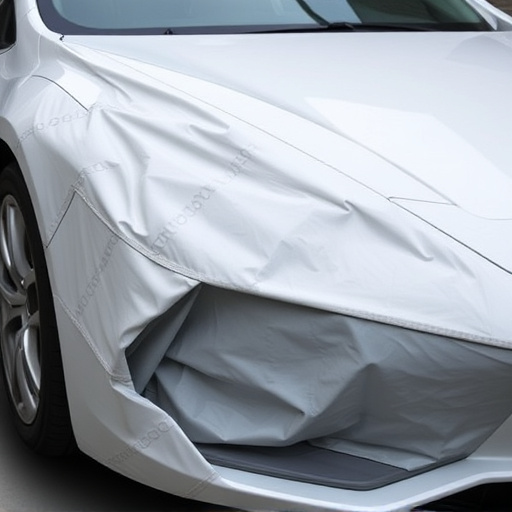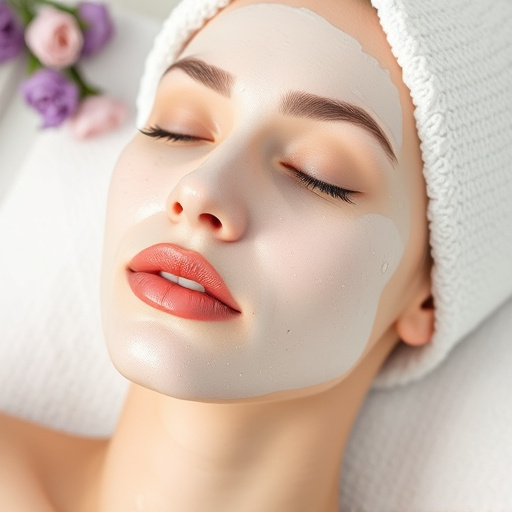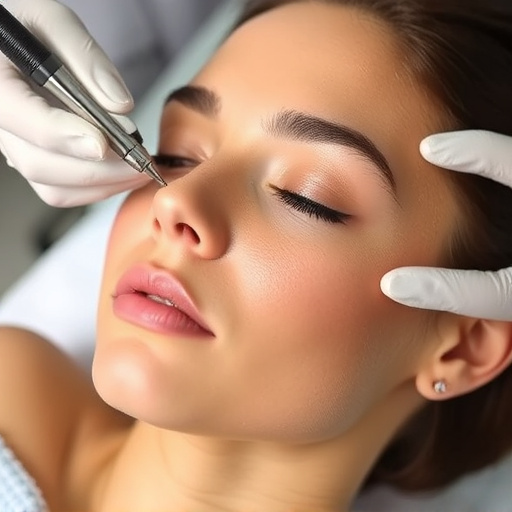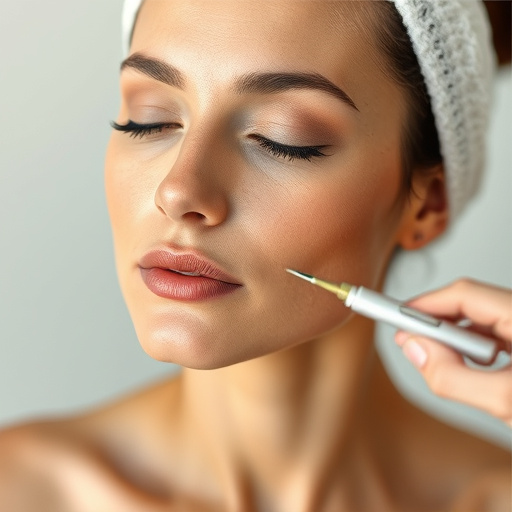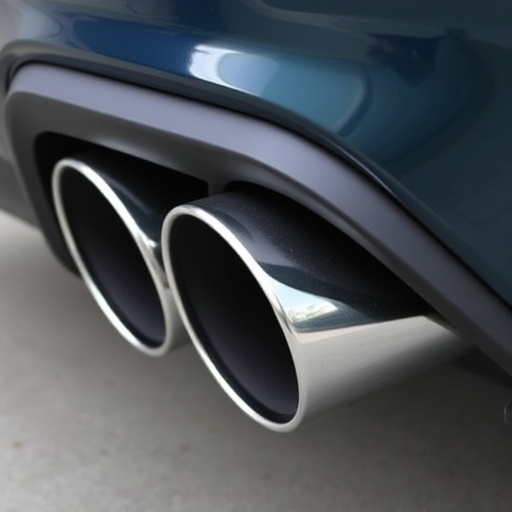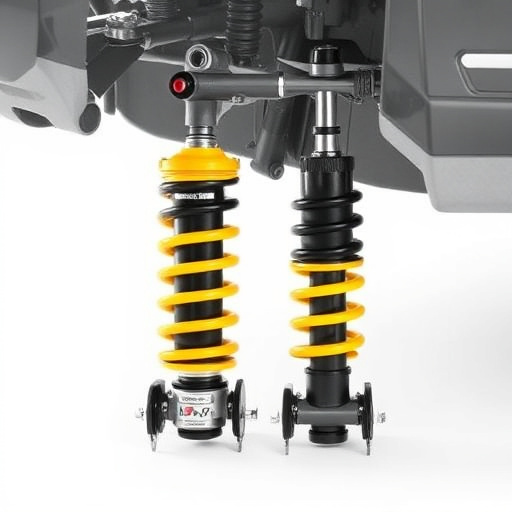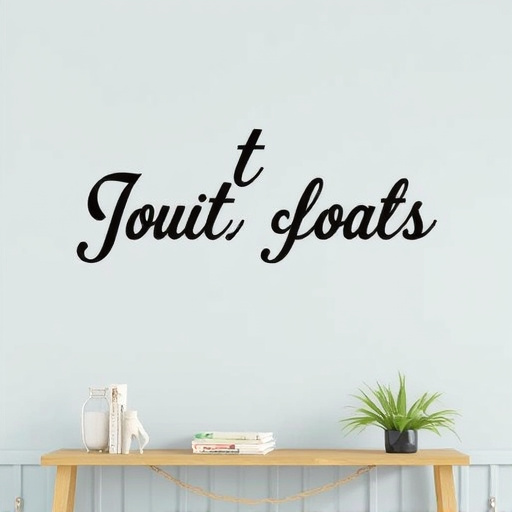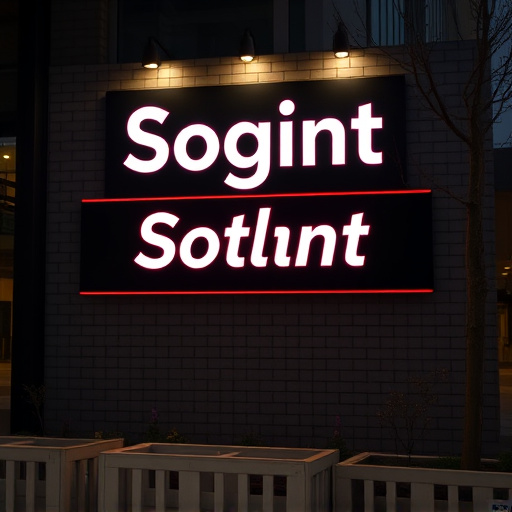Thoroughly inspect and clean surfaces before preparation to remove imperfections like dirt, stains, and old coatings. Strip away existing layers using appropriate tools to ensure new coatings adhere properly for enhanced durability. Proper surface prep involves removing debris, detecting moisture, and creating a smooth, dry substrate for optimal finish adhesion.
Surface preparation is a crucial step in any painting or coating project, ensuring long-lasting results. This comprehensive guide will walk you through the essential process of preparing your surface for optimal adhesion. From assessing surface conditions and cleanliness to removing existing coatings and debris, each step is designed to create a perfect canvas. Learn how to treat your substrate properly to achieve superior bond strength and final finish, making your project a success.
- Assess Surface Conditions and Cleanliness
- Remove Existing Coatings and Debris
- Prepare and Treat Substrate for Optimal Adhesion
Assess Surface Conditions and Cleanliness
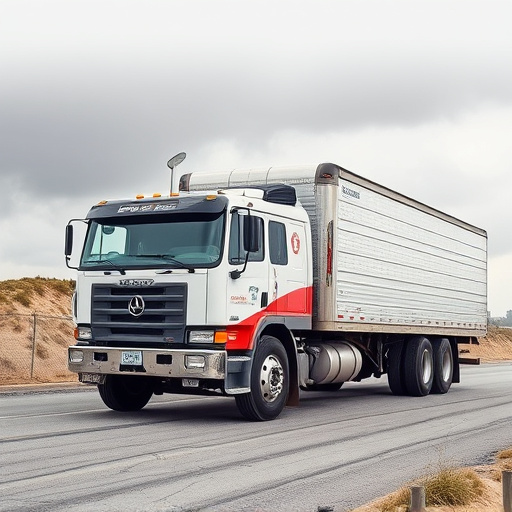
Before initiating any surface preparation process, it’s crucial to assess the current condition and cleanliness of the surface. This involves closely examining the area for various imperfections such as dirt, grime, stains, or existing damage like scratches, dents, or rust spots. The goal here is to identify not just visible issues but also underlying problems that might affect the adhesion and quality of subsequent coatings or wraps.
During this evaluation, consider the type of surface you’re working on—be it metal, plastic, glass, or another material—as each requires slightly different treatment. Additionally, ensure that the area is free from any debris, loose particles, and oils. This meticulous cleaning process forms a solid foundation for applications like custom vehicle wraps or paint protection film, guaranteeing optimal adhesion and enhanced durability, including superior UV protection.
Remove Existing Coatings and Debris

Before you begin any surface preparation, it’s crucial to remove all existing coatings and debris. This includes old paint, sealers, waxes, and any other substances that might be on the surface. Start by using appropriate tools like scrapers, sandpaper, or chemical strippers designed for the specific material. Ensure safety precautions are taken during this process, as some materials may emit harmful fumes.
Once the surface is cleared, thoroughly clean it to eliminate any remaining residue. This step is particularly important in automotive detailing, where UV protection and protective coatings often follow. A meticulous removal of old layers ensures that new protective coatings adhere properly, enhancing the overall finish and longevity of the surface.
Prepare and Treat Substrate for Optimal Adhesion
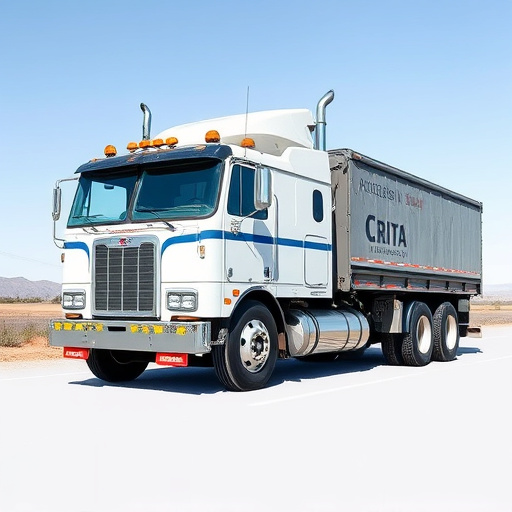
Proper surface preparation is a critical step in ensuring optimal adhesion when applying any type of finish or coating. Before beginning the application process, it’s essential to carefully prepare and treat the substrate. This involves thoroughly cleaning the surface to remove any dirt, grease, or debris that could interfere with the bond between the substrate and the desired coating, such as a ceramic coating or protective coatings.
Additionally, moisture detection and protection are vital aspects of surface preparation. Moisture can cause issues like blistering or peeling, so it’s crucial to test for and address any underlying moisture problems before proceeding. This might involve repairing any leaks or ensuring proper ventilation during the application process. By addressing these key factors, you’ll create a smooth, clean, and dry surface that guarantees excellent adhesion, enhancing the longevity and aesthetic appeal of your final project, whether it’s automotive detailing or another application requiring high-quality surface preparation.
Proper surface preparation is a crucial step in any construction or renovation project, ensuring long-lasting results. By thoroughly assessing surface conditions, removing debris, and treating substrates appropriately, you lay the foundation for strong adhesive bonds. This comprehensive guide offers a structured approach to achieving optimal surface preparation, making it an invaluable resource for professionals and DIY enthusiasts alike.
